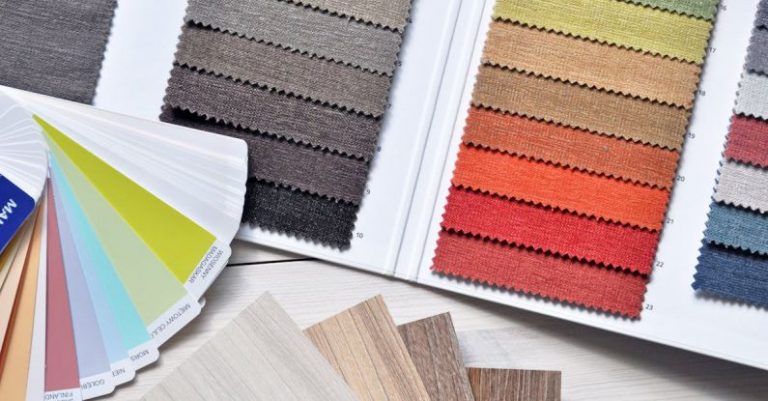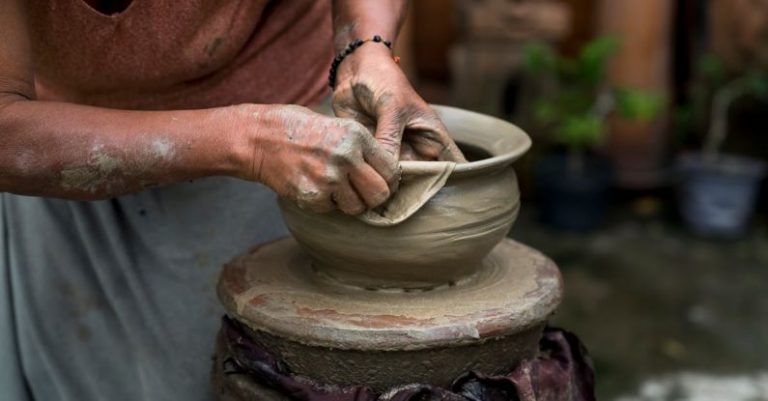Which Stone Is Best for Sculpture Making?

Creating a masterpiece through sculpture involves a deep connection between the artist and the chosen material. The stone used in sculpture making plays a crucial role in determining the outcome of the artwork. Various types of stones offer unique qualities that artists consider when selecting the best material for their creations. In this article, we delve into the world of sculpture making to explore which stone is best suited for this artistic endeavor.
**Marble: The Classic Choice**
Marble has long been revered as the quintessential material for sculptors throughout history. Known for its elegance, durability, and workability, marble has been the preferred choice for many iconic sculptures, including Michelangelo’s “David” and “Pieta.” This metamorphic rock, primarily composed of calcite, offers a smooth surface that is ideal for capturing intricate details and producing a sense of fluidity in the sculpture.
**Granite: Strength and Resilience**
If strength and durability are essential considerations for a sculpture, granite emerges as a top contender. This igneous rock is renowned for its hardness, making it suitable for outdoor sculptures that need to withstand harsh weather conditions. Granite’s natural grain and speckled patterns add a unique aesthetic appeal to sculptures, particularly those requiring a more rugged and textured finish.
**Limestone: Soft and Versatile**
Limestone, a sedimentary rock composed mainly of calcium carbonate, offers sculptors a softer alternative to harder stones like marble and granite. Its malleability and ease of carving make it an attractive choice for artists looking to create intricate designs or sculptures with delicate features. While limestone may be more susceptible to weathering than other stones, its affordability and versatility make it a popular option for both novice and experienced sculptors.
**Alabaster: Translucent Beauty**
Alabaster, a form of gypsum mineral, is prized for its translucent quality, allowing light to pass through the stone and enhance the sculpture’s visual appeal. This soft stone is relatively easy to carve, making it ideal for sculptors interested in creating pieces that play with light and shadow. Alabaster’s smooth texture and ability to hold intricate details make it a favorite among artists seeking to achieve a delicate and ethereal look in their sculptures.
**Soapstone: A Tactile Experience**
Soapstone, composed of talc, magnesite, and chlorite, is valued for its smooth texture and tactile qualities. This metamorphic rock is easy to carve and shape, making it an excellent choice for artists who enjoy the physical process of sculpting by hand. Soapstone’s natural color variations and ability to retain heat have also made it a popular material for sculptors creating functional art pieces, such as bowls and vases.
**Conclusion: Choosing the Right Stone for Your Sculpture**
The choice of stone for a sculpture ultimately depends on the artist’s vision, style, and the intended purpose of the artwork. Each type of stone offers unique characteristics that can influence the sculpting process and the final outcome of the piece. Whether you prioritize elegance, durability, malleability, translucency, or tactile experience, there is a stone out there waiting to bring your artistic vision to life. By carefully considering the qualities of different stones and experimenting with various materials, sculptors can unlock endless possibilities in their creative journey.





